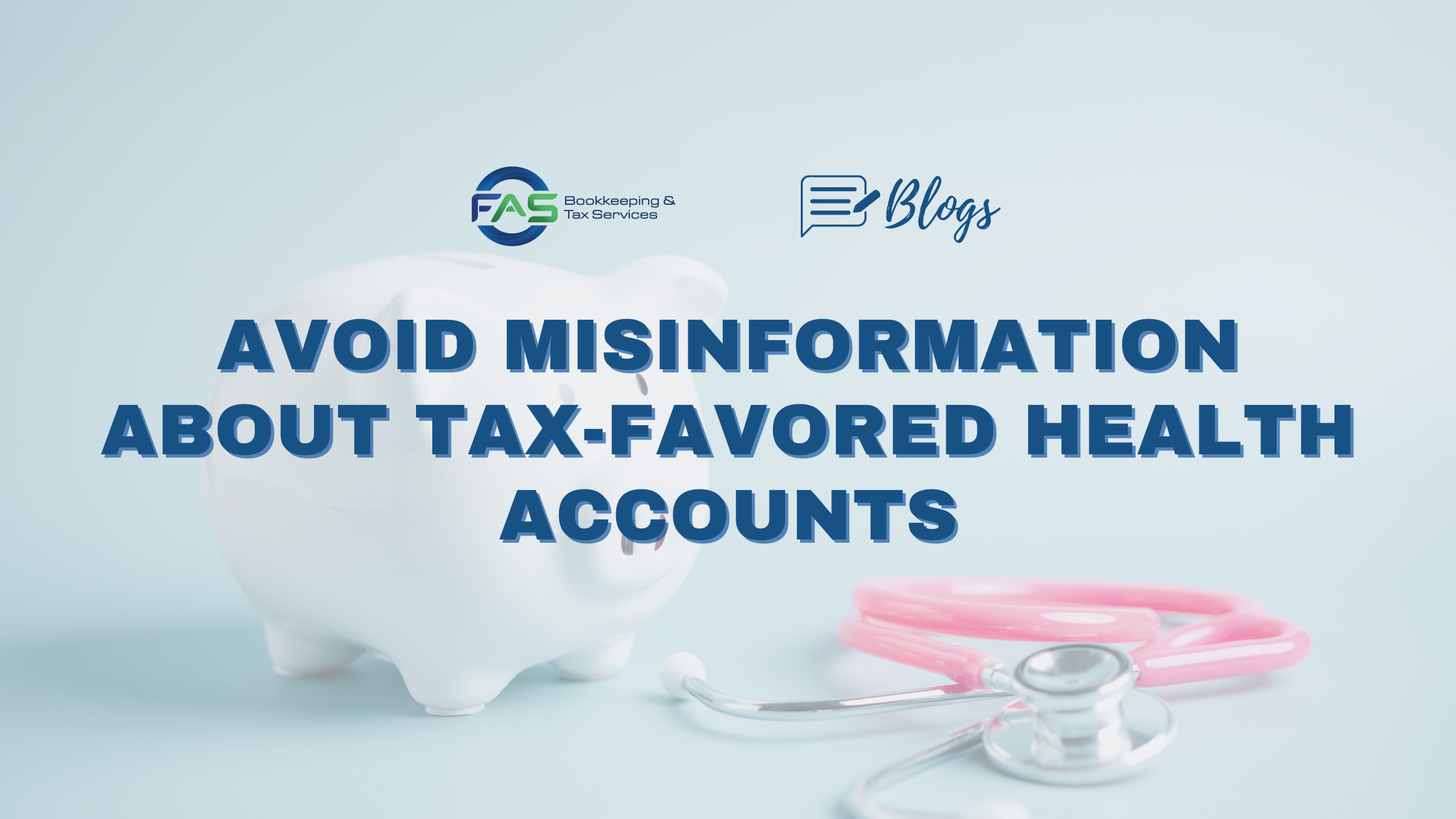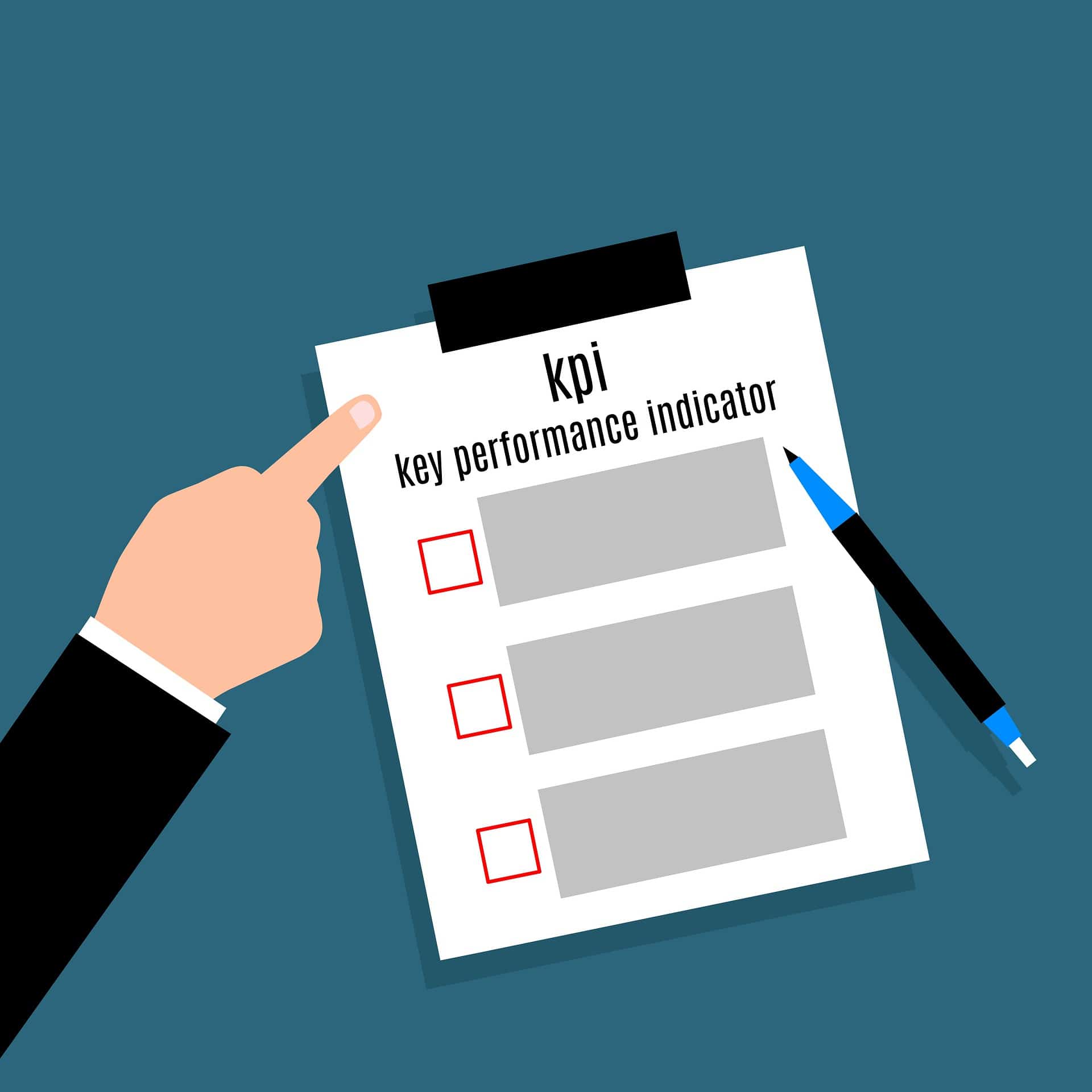We’ve reached the middle of the calendar year. So how are things going for your business? Conversationally you might say, “Pretty good.” But, analytically, can you put a number on how well you’re doing — or several numbers for that matter? You can if you choose and calculate the right key performance indicators (KPIs).
4 Common Indicators
There are a wide variety of KPIs to choose from. Here are four that can give you a solid snapshot of your midyear position:
- Gross profit. This figure will tell you how much money you made after your manufacturing and selling costs were paid. It’s calculated by subtracting the cost of goods sold from your total revenue.
- Current ratio. This ratio will help you gauge the strength of your cash flow. It’s calculated by dividing your current assets by your current liabilities.
- Inventory turnover ratio. This ratio will warn you ahead of time if certain items are moving more slowly than they have in the past. It also will tell you how often these items are turned over. The ratio is calculated by dividing your cost of goods sold by your average inventory for the period.
- Debt-to-equity ratio. This ratio will measure your company’s leverage, or how much debt is being used to finance your assets. It’s calculated by dividing your total liabilities by shareholder’s equity.
Customized KPIs
KPIs aren’t limited to widely used ratios. You can make up your own and apply them to any area of your business.
For example, let’s say the company’s goal is to improve its response time to customer complaints. Its KPI might be to provide an initial response to complaints within 24 hours, and to eventually resolve at least 80% of complaints to the customer’s satisfaction. You can track response times and document resolutions and eventually calculate this KPI.
As another example, say your business wants to improve its closing rate on sales leads. Its KPI could be to convert 50% of all qualified leads into customers over the next six months with the goal of raising this percentage to 60% next year.
Notice that these KPIs are both specific and measurable. Just saying that your company wants to “provide better customer service” or “close more sales” won’t produce a sound KPI.
Good Decisions
Midyear is the perfect time to stop, take a breath and objectively assess your company’s performance. This way, if things are really going well, you can determine precisely why and keep that momentum going. And if they’re not, you can figure out how you’re ailing and adjust your budget and objectives accordingly. Our firm can help you choose the KPIs that will provide the information you need, as well as help you apply that data to good business decisions.




